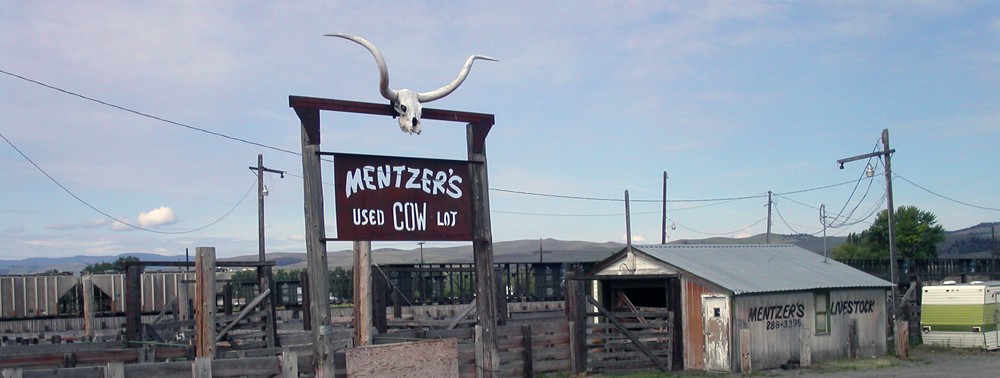One of Washington’s many adopted sons, Walt Whitman is among the most decorated figures in American literature. A lesser-known fact about Whitman is that he wrote one of the earliest descriptions of speculative real estate development, displacement, and gentrification.
Whitman’s essay, “Tear Down and Build Over Again,” was published in the November 1845 issue of The American Review. From the perspective of a housing supplier, he explored urban redevelopment, aesthetics, and the attachments to place longtime residents have.
What makes Whitman’s essay unique besides its early date is that it was written not by a housing reformer or displaced resident, but by an entrepreneur making money from the creative destruction of New York City neighborhoods.
“Let us level to the earth all the houses that were not built within the last ten years,” Whitman wrote in 1845. “Let us raise the devil and break things!” Continue reading


